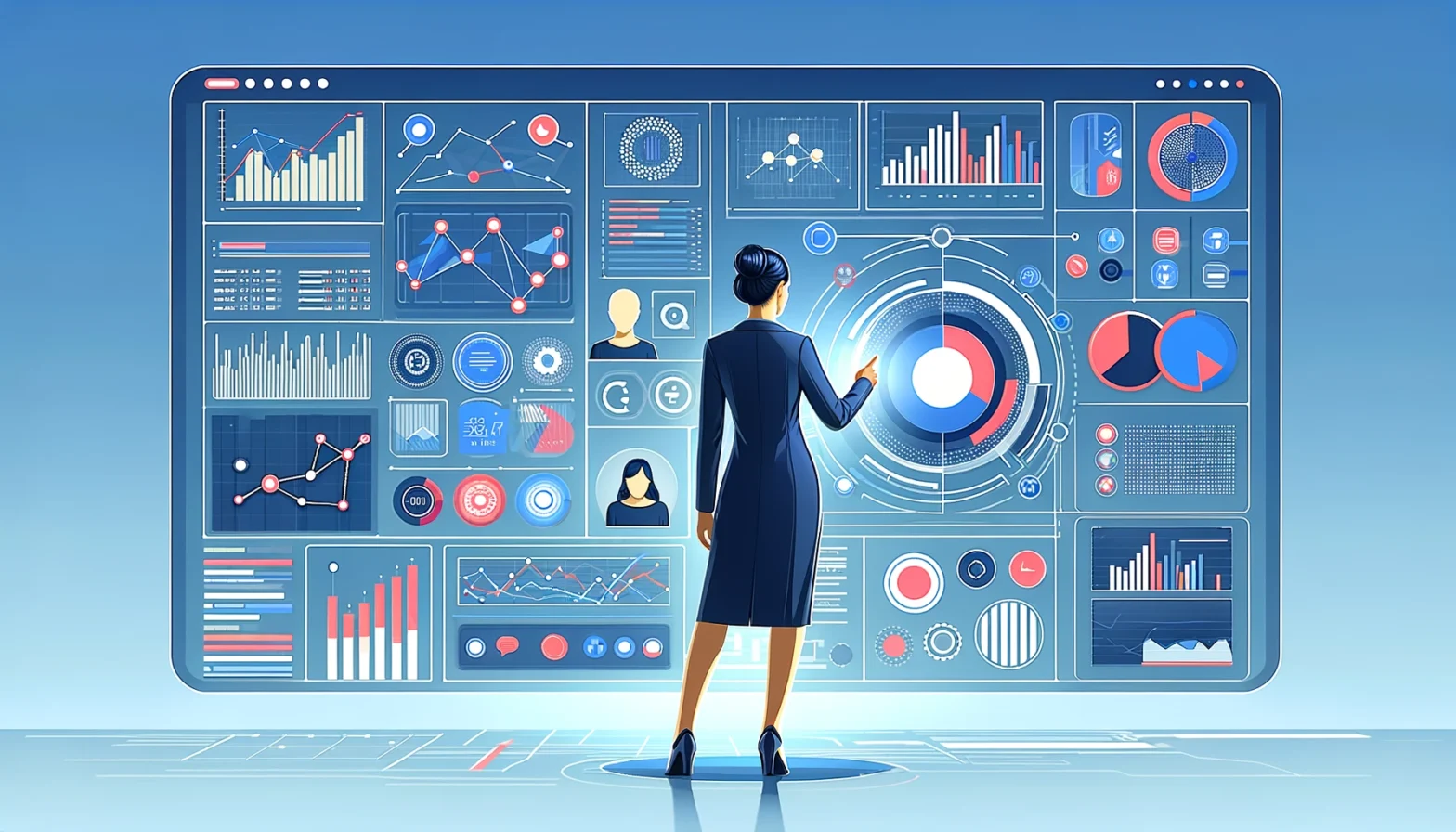Embracing the future: how HR Analytics is revolutionizing talent management and organizational strategy
- 4 Min Read
HR Analytics is revolutionizing HR. It’s a data-driven approach that helps understand workforce trends, make strategic decisions, and build a more inclusive, engaged, and successful workforce.
- Author: HRD Connect
- Date published: Mar 19, 2024
- Categories

The rise of HR Analytics marks a seismic shift in Human Resources (HR). It’s a game-changer that moves HR from gut feeling to data-driven decision-making. This powerful approach uses data to understand, anticipate, and react to workforce trends, shaping HR strategies and impacting broader organizational decisions.
As Dawn Klinghoffer, a leading voice in people analytics at Microsoft, highlights, the reliance on this field has skyrocketed, especially post-pandemic. It underscores the critical role of focusing on employees during challenging times. HR Analytics is a blossoming field that offers actionable intelligence, giving HR a powerful lens to enhance the employee experience and drive strategic talent decisions.
The evolution and importance of HR Analytics
HR Analytics has come a long way, evolving from basic reporting to a sophisticated analytical tool that informs strategic decision-making.
This evolution is evident in Insight222’s research, which shows a staggering 43% increase in the size of people analytics teams between 2020-2023. This explosive growth reflects the growing importance of data-driven insights in creating a positive workforce experience. The pandemic served as a catalyst, highlighting the critical role of HR Analytics in navigating unprecedented challenges.
As organizations grapple with a dynamic workforce landscape, HR Analytics emerges as an essential tool. It provides a solid foundation for informed, strategic talent management decisions. This shift from intuition to data-driven HR practices is a critical development, enabling organizations to leverage the power of analytics to drive meaningful change.
Key areas of impact: DEIB, employee listening, and retention
HR Analytics significantly impacts Diversity, Equity, Inclusion, and Belonging (DEIB). It transforms it from a numbers game into a strategic approach focused on measuring and improving organizational culture.
Advanced analytics go beyond the surface, delving into the emotional and cultural fabric of the workplace. This allows for identifying disparities and fostering a more inclusive environment.
In the realm of employee listening, traditional surveys are being replaced by cutting-edge analytics like text and voice sentiment analysis. This shift offers a deeper understanding of employee experiences, enabling organizations to address issues proactively and enhance employee engagement and satisfaction.
Furthermore, predictive analytics is revolutionizing retention strategies. By identifying potential flight risks, it allows for proactive engagement with at-risk employees. These key areas underscore the transformative power of HR Analytics in creating a more inclusive, engaged, and stable workforce.
Future trends in HR Analytics
The future of HR Analytics is brimming with groundbreaking advancements, with a focus on predictive and prescriptive analytics. These developments promise to further solidify the strategic role of HR within organizations.
As Alex Browne from Nestlé suggests, the changing dynamics of the workforce, workplace, and work itself necessitate a more adaptable approach to workforce planning.
Predictive analytics will play a crucial role in forecasting talent needs and identifying skill gaps. This will enable organizations to stay ahead of market demands.
Additionally, the shift towards a skills-based approach in strategic workforce planning underscores the importance of leveraging data to align talent strategies with future business objectives.
Implementing HR Analytics: challenges and solutions
The journey towards implementing HR Analytics is not without its hurdles. However, for organizations willing to navigate these challenges, the potential for transformation is immense.
One significant challenge is integrating data from disparate sources, which can hinder the creation of a cohesive analytics framework. Fortunately, solutions like One Model’s comprehensive platform offer a way forward, enabling seamless data integration and analysis.
Another challenge lies in the skills gap within HR teams. The shift towards data-driven decision-making necessitates a blend of HR expertise and analytical skills. Investing in training and development programs, as well as leveraging apprenticeships, can equip HR professionals with the necessary skills.
Additionally, ensuring data security is paramount. Robust cybersecurity measures are essential to protect sensitive employee information.
Conclusion
HR Analytics transcends traditional HR practices, offering a strategic perspective through which organizations can navigate the complexities of talent management. By leveraging data-driven insights, HR leaders are empowered to make informed decisions, drive meaningful change, and secure a competitive edge in the talent market.








